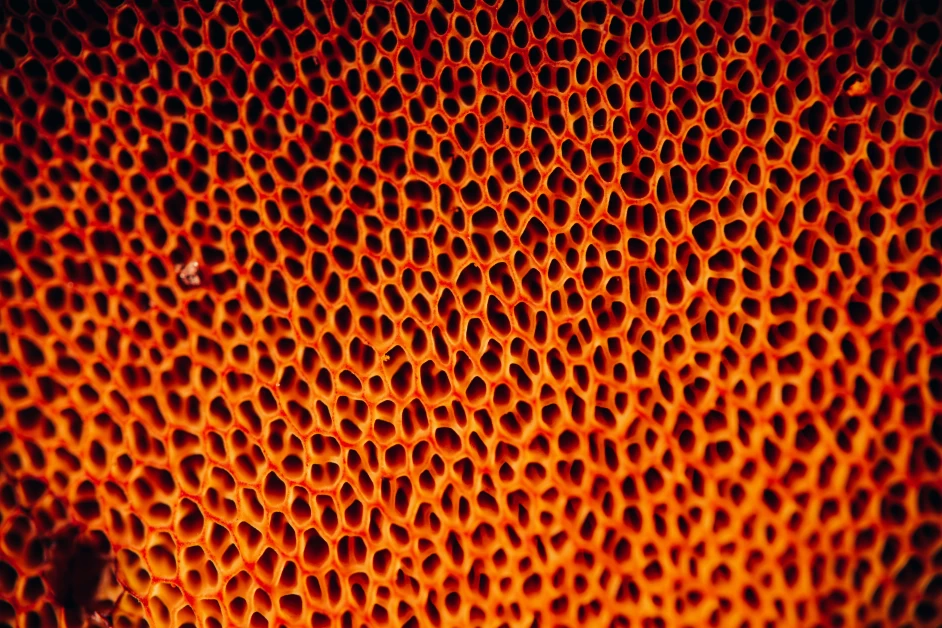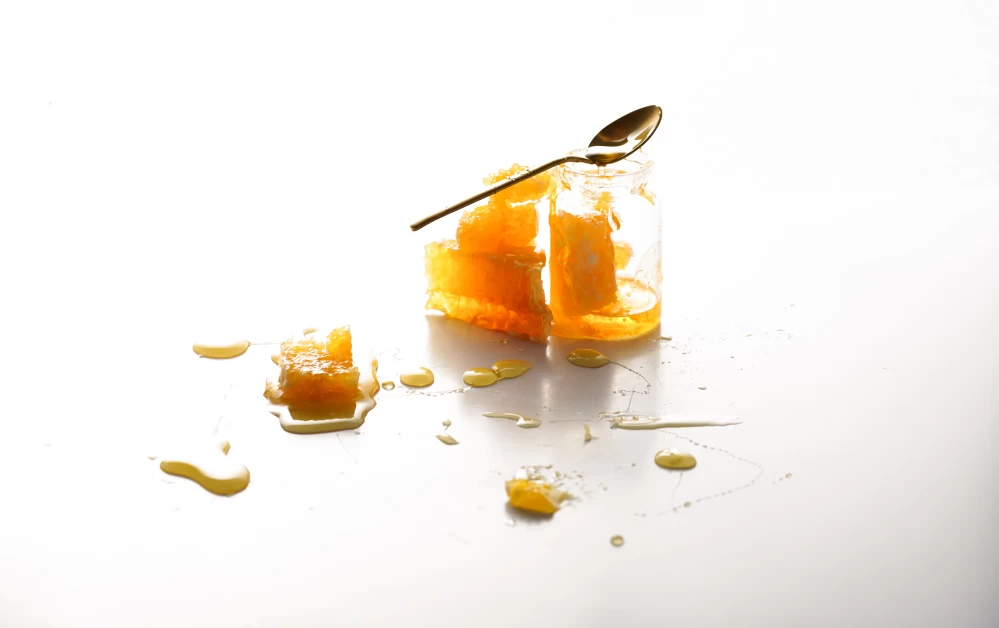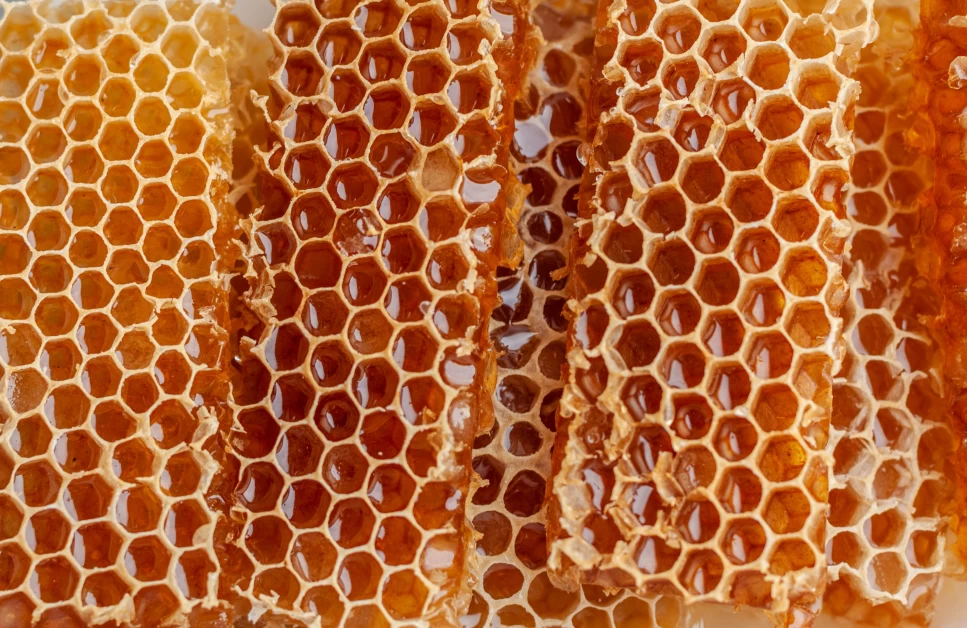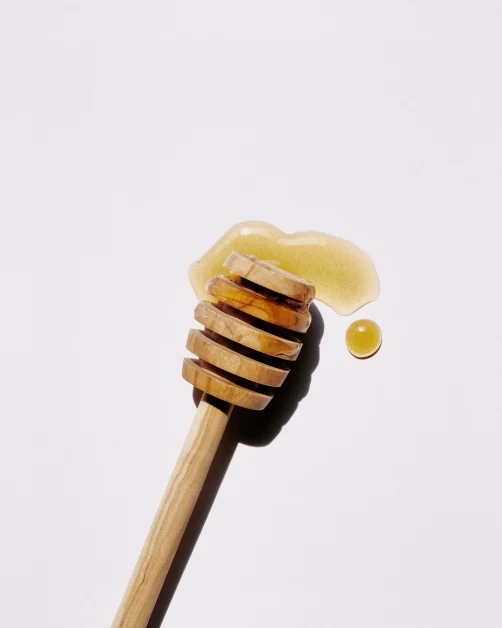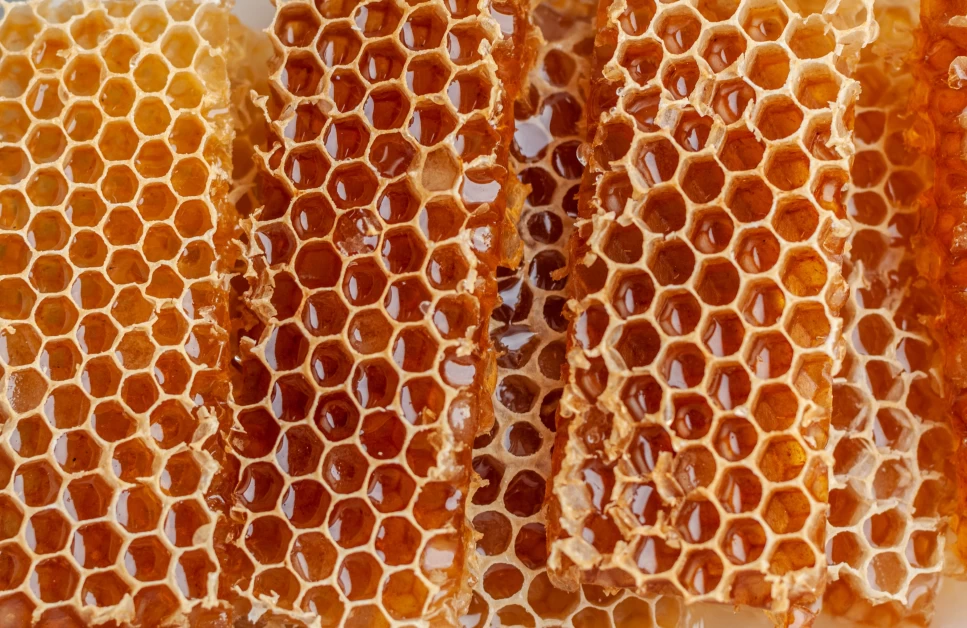Table of Contents
Introduction
Honey is a natural and healthy way to sweeten foods, offering vitamins, minerals, and other beneficial compounds. Among the various types of honey available, Manuka honey stands out as a unique and popular choice due to its health benefits and rich flavor. This golden elixir is derived from the nectar of the Manuka plant’s delicate flowers and is produced exclusively in New Zealand. In this article, we will explore the factors that contribute to the premium price tag of Manuka honey and analyze whether it is truly worth the investment.
The Manuka Flower
One of the primary reasons behind the expense of Manuka honey is the limited geographical area where the Manuka plant thrives. While this hardy plant does grow in other parts of the world, it is New Zealand that provides the ideal conditions for its flourishing. The unique combination of soil, climate, and environmental factors in this region contributes to the exceptional quality of Manuka honey. The Manuka plant’s striking blossoms, which belong to the tea tree family, attract honey bees in abundance, leading to the production of honey that carries the distinctive flavor profile characteristic of Manuka honey. However, Manuka only flowers for a short period of 4 to 6 weeks each year, and its production can be affected by weather events, resulting in a limited and relatively small supply.
UMF Grading
The Unique Manuka Factor, or UMF, plays a pivotal role in determining the quality and pricing of Manuka honey. The UMF Honey Association, an organization dedicated to upholding the standards of Manuka honey, has established a grading system to assess the honey’s purity, potency, authenticity, and freshness. This grading system also guarantees the potency of the honey throughout its shelf life. Manuka honey can receive UMF ratings such as 5+, 10+, 15+, 20+, or higher. To achieve a UMF rating, the honey must meet rigorous standards, including specific chemical markers and medicinal properties. The higher the grade, the more potent the honey, leading to a premium price due to its enhanced quality and potential health benefits.
To allow for easy comparison, UMF brands also state their MGO content. For example, UMF5+ is equivalent to MGO83+. It is important to note that UMF also guarantees that the honey has been produced and packed in New Zealand according to the strict New Zealand Manuka regulations. MGO grading can be applied to honey packed in other parts of the world and will likely not meet the Manuka Honey standards.
How Does Manuka Honey Compare to Other Kinds of Honey?
Manuka honey differs from most other types of honey in terms of its color and flavor. It is darker and richer, offering a much sharper taste that is considered its signature. However, what truly sets Manuka honey apart is its exceptional antibacterial properties. While other kinds of honey provide vitamins, minerals, and propolis, Manuka honey goes above and beyond by offering additional health benefits and high levels of methylglyoxal. These properties make it a valuable addition to the world of natural medicine.
Health Benefits Beyond Sweetness
Manuka honey is not just a delicious natural sweetener; it also offers a range of health benefits. Its powerful antimicrobial properties make it an effective topical treatment for wounds, promoting faster healing. In fact, Manuka honey has been used in combating infections, including the challenging Methicillin-resistant Staphylococcus aureus (MRSA). Additionally, medicinal-grade Manuka honey has shown promise as an immune booster and digestive aid. While some of its wound-healing properties may not survive digestion, the honey’s abundant vitamins, minerals, and velvety texture provide comfort for sore throats and coughs. Unlike regular honey, Manuka honey contains methylglyoxal (MG), a powerful antibacterial compound created from the conversion of dihydroxyacetone (DHA), a compound found in the nectar of the Manuka flowers. Manuka honey is also known for its anti-inflammatory, antioxidant, and antiviral properties.
The higher the UMF, the higher the potency, meaning the higher the price tag will be.
Overall Cost
It is undeniable that Manuka honey comes at a higher price point compared to other honey varieties. A 250-gram container of Manuka honey typically costs around $20 USD or more, depending on its UMF rating and brand. The apparent costliness of Manuka honey can be attributed to several factors, including the limited geographical range of Manuka flowers and the intensive efforts required by growers to maximize honey production efficiency. The high price of Manuka honey also reflects the stringent quality control measures and certification standards. Producers invest in rigorous testing and authentication procedures to ensure that a jar of honey contains the promised level of UMF/MGO and meets other quality benchmarks. Consumers are willing to pay a premium for the assurance of genuine and high-quality Manuka honey.
Taylor Pass Commitment to Quality
At Taylor Pass Honey, we understand the value of Manuka honey and its significance to health-conscious consumers. Our commitment to providing the highest quality Manuka honey drives us to continually refine our processes and ensure the well-being of our hives and the environment. When you invest in one of our honey jars, you can be assured that you are receiving the utmost value for every dollar spent. We take pride in delivering the very best Manuka honey that embodies the essence of this exceptional natural wonder.
Conclusion
The myriad of health benefits alone justifies Manuka honey’s premium price tag. Its exclusivity, marked by the geographical limitations of Manuka flowers, the stringent UMF grading system, and its remarkable antibacterial properties, all contribute to its elevated cost. While Manuka honey may be more expensive than other honey varieties, its renowned wellness properties and distinctive flavor make it a worthwhile investment for those seeking the best in natural sweetness and wellness support. So, if you’re looking for honey that’s not only sweet but also offers a host of health advantages, Manuka honey is certainly worth considering.

